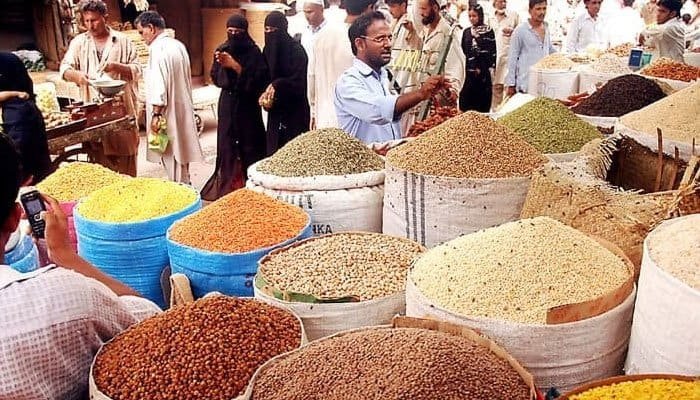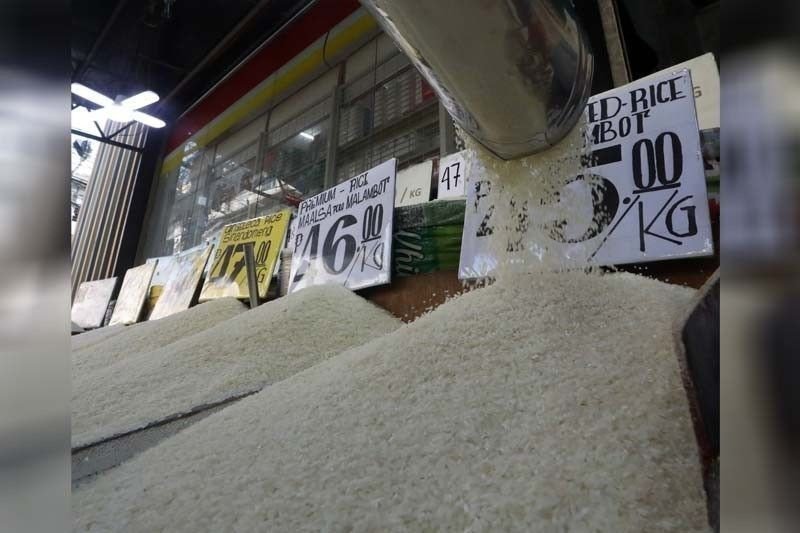Tags
Despite diversification push, why Punjab is staring at another year of near-record paddy cultivation.
Paddy guzzles water, depletes soil nutrients, and creates the problem of stubble burning. But Punjab farmers have not moved away from it. Here’s why.
Written by Anju Agnihotri Chaba

Despite Punjab government’s efforts to diversify the state’s crop mix, the state is once again staring at a near-record area under paddy cultivation.
Last year, Punjab saw an all-time high of 32.44 lakh hectares under paddy. Current trends suggest the acreage this year will remain in the same ballpark. But why is Punjab struggling to wean off paddy?
First, some context
Roughly 35-36 lakh hectares are under cultivation in Punjab during the kharif season (June to October). Last year this figure was 35.2 lakh hectares.
The main crops during the kharif season are paddy (basmati and non-basmati), cotton, maize, certain pulses (like moong, urad and arhar), oilseeds (like groundnut and sesame), and sugarcane (cane is cultivated all year round).
But paddy accounts for a vast majority of the kharif acreage — more than 92% last year. All other crops are deemed as “alternatives” to paddy.
The problem is that growing the same crops year after year on the same land increases vulnerability to pest and disease attacks. Paddy cultivation specifically depletes soil nutrients which increases dependence on chemical fertilisers and pesticides, and guzzles water like no other crop. Punjab’s groundwater table has been declining by 0.5 meters per annum on an average, largely courtesy paddy.
Attempts at diversification
Punjab, through various schemes and policies, has long tried to address the paddy monoculture problem. This year, the state has launched a pilot project to divert 12,000 hectares from paddy to maize, and increase area under cotton cultivation by 15%.
But even if these plans succeed, non-paddy kharif crops would only have an acreage of around 3.16 lakh hectares, and paddy approximately 32.04 lakh hectares. That would mean about 91% of the kharif cropped area would still be under paddy, close to last year’s all-time high.
In fact, if the cropped area during the season goes beyond last year’s 35.20 lakh hectares — as it has done several times in the past — then the area under paddy could actually increase in absolute terms.
Previous attempts at diversification have also not yielded expected results. Notably, the state in 2009 enacted the Punjab Preservation of Subsoil Water Act, which barred any nursery-sowing and transplanting before May 15 and June 15, respectively. That ended up pushing the cropping cycle back, shortening the window between the kharif harvest and the sowing of wheat (the predominant winter crop), forcing farmers to burn paddy stubble to clear fields, adding to air pollution across the region.
Why paddy remains king
There are several reasons why Punjab cannot look past paddy.
* First, plans such as the one to divert 12,000 hectares to maize simply are not ambitious enough to make any real difference, even if they succeed.
* Second, guaranteed procurement at Minimum Support Price (MSP) makes paddy more attractive than alternatives like maize or pulses which enjoy much weaker market support.
* Third, the current situation is the product of decades of flawed policy-making from the government, which has provided freebies like eight-hours of free electricity that farmers use to run irrigation pumps, and subsidies on fertilisers. These policy positions are fundamentally aligned towards the cultivation of paddy.
In an economy susceptible to instability, farmers remain risk-averse to experiment with new crops without assured returns (basically what MSP gives them) and strong overall institutional support. Despite lip service from the state government about the need to diversify, there is simply not enough incentive for the average farmer to shift from paddy to any other crop at the moment.
To break this cycle, diversification efforts need to be scaled up aggressively, backed by strong market support, MSP for alternatives, and a shift in farm-level economics and infrastructure, said an expert from Punjab agriculture department.
https://indianexpress.com/article/explained/explained-economics/despite-diversification-push-why-10066707-punjab-is-staring-at-another-year-of-near-record-paddy-cultivation-10066707/Published Date: June 15, 2025






